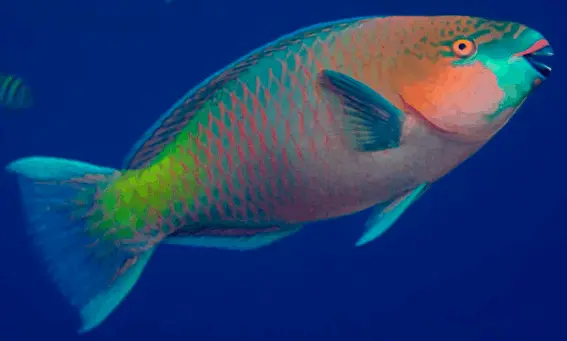
10 Surprising Facts About Parrotfish: The Reef’s Brightest Builders
If coral reefs had city planners, gardeners, and street sweepers, all in one bright, sparkling package, they would be parrotfish. These tropical, rainbow-colored fish aren’t just eye candy; they’re some of the most important workers in reef ecosystems, especially in places like the Sea of Cortez and the Caribbean. Let’s dive into 10 wild and wonderful facts about them.

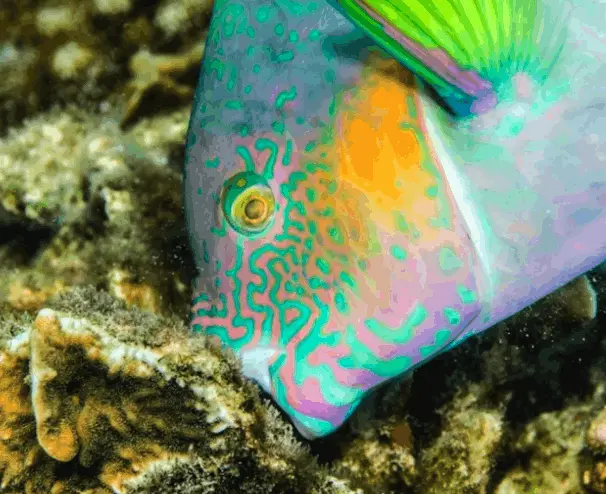
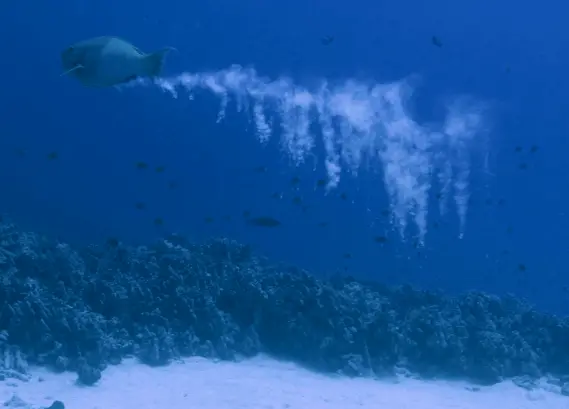


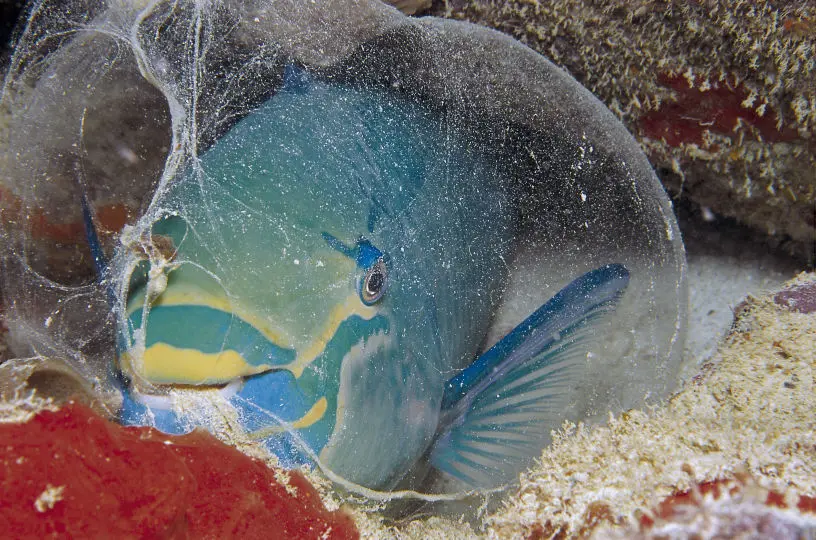
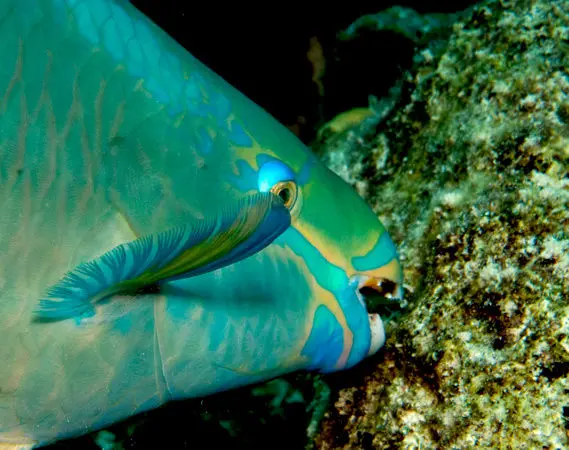




Follow Us